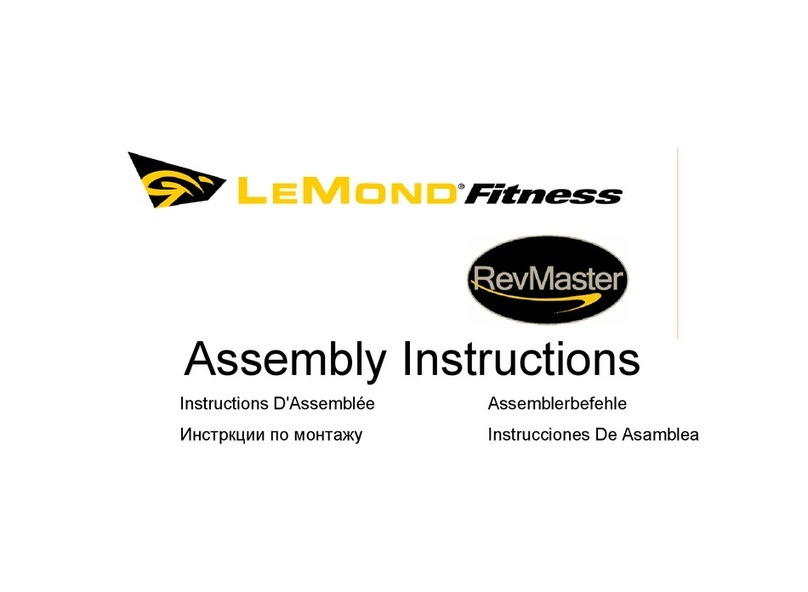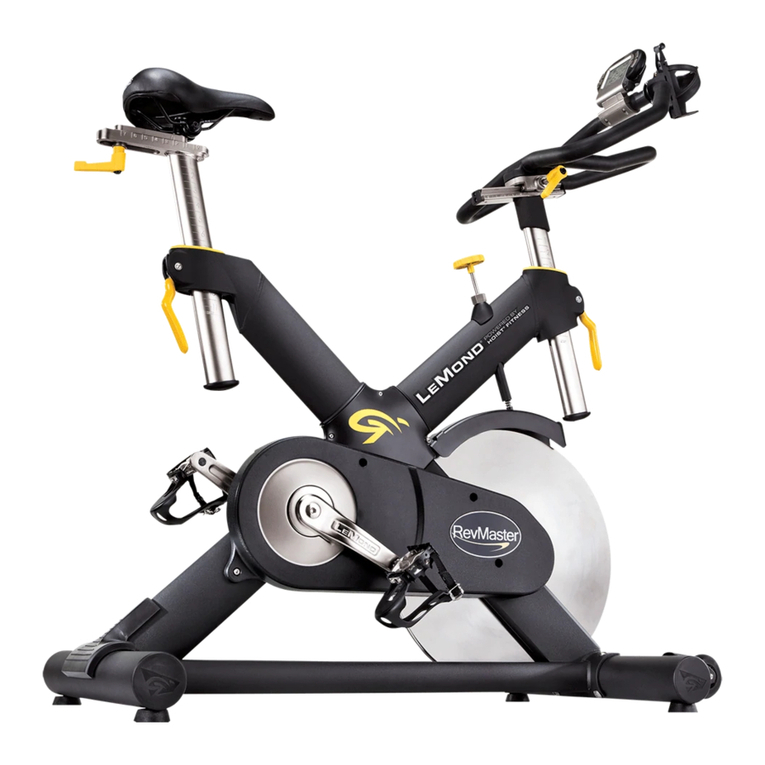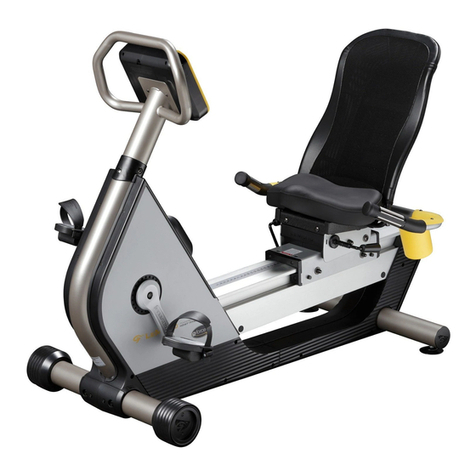Page iv
WARRANTY
This is to certify that the LeMond®RevMaster™exercise bike is warranted by
LeMond Fitness Inc. to be free of all defects in materials and workmanship. This
warranty does not apply to any defect caused by negligence, misuse, accident,
alteration, improper maintenance, or an “act of God.”
The LeMond RevMaster carries a five-year frame warranty, a one-year
warranty on bottom bracket bearings, pillow block bearings, tension knob
assembly, a three-year warranty on cranks, bottom bracket spindle, flywheel,
handlebar, seat post, handlebar post, and a 90 day warranty on wearables such
as seat, grip, handles, and brake pad. Contact our Customer Service Department
to report any problems. When calling, please be prepared to provide the
customer service representative with the following information:
• Your name, customer number, shipping address, and telephone
number
• The serial number of the inoperable bike
• The date(s) of purchase for the inoperable bike(s)
• Your billing address
This information will ensure that you are the only one ordering parts
under your warranty protection. If warranty replacement parts are shipped to
you, you may be required to return the inoperable part. To facilitate this process,
the following policy has been established:
• Please call our Customer Service Department to receive a return
goods authorization prior to shipment.
• LeMond Fitness will incur all ground freight charges for warranty
parts ordered for a machine that is less than 45 days old.
• You are responsible for freight charges on warranty parts for
machines that are more than 45 days old. You will not be
responsible for the return shipment of the inoperable parts.
• Some inoperable warranty parts must be promptly returned to our
Customer Service Department. We will pay the shipping cost for the
inoperable warranty parts. Detailed instructions are included with
each warranty replacement part.
LeMond Fitness Inc. neither makes, assumes nor authorizes any
representative or other person to make or assume for us, any other warranty
whatsoever, whether expressed or implied, in connection with the sale, service, or
shipment of our products. We reserve the right to make changes and improve-
ments in our products without incurring any obligation to similarly alter products
previously purchased. In order to maintain your product warranty and to ensure
the safe and efficient operation of your machine, only authorized replacement
parts can be used. This warranty is void if parts other than those provided by
LeMond Fitness are used.




































